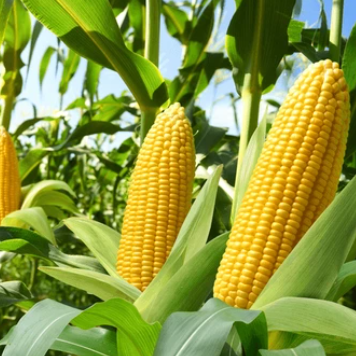Information report for Ms44;ZmLTPc1
Gene Details
|

|
Functional Descriptions
Functional Keywords
Literature and News
Gene Resources
Sequences
Information report for Ms44;ZmLTPc1
Gene Details
|

|
Functional Descriptions
Functional Keywords
Literature and News
Gene Resources
Sequences